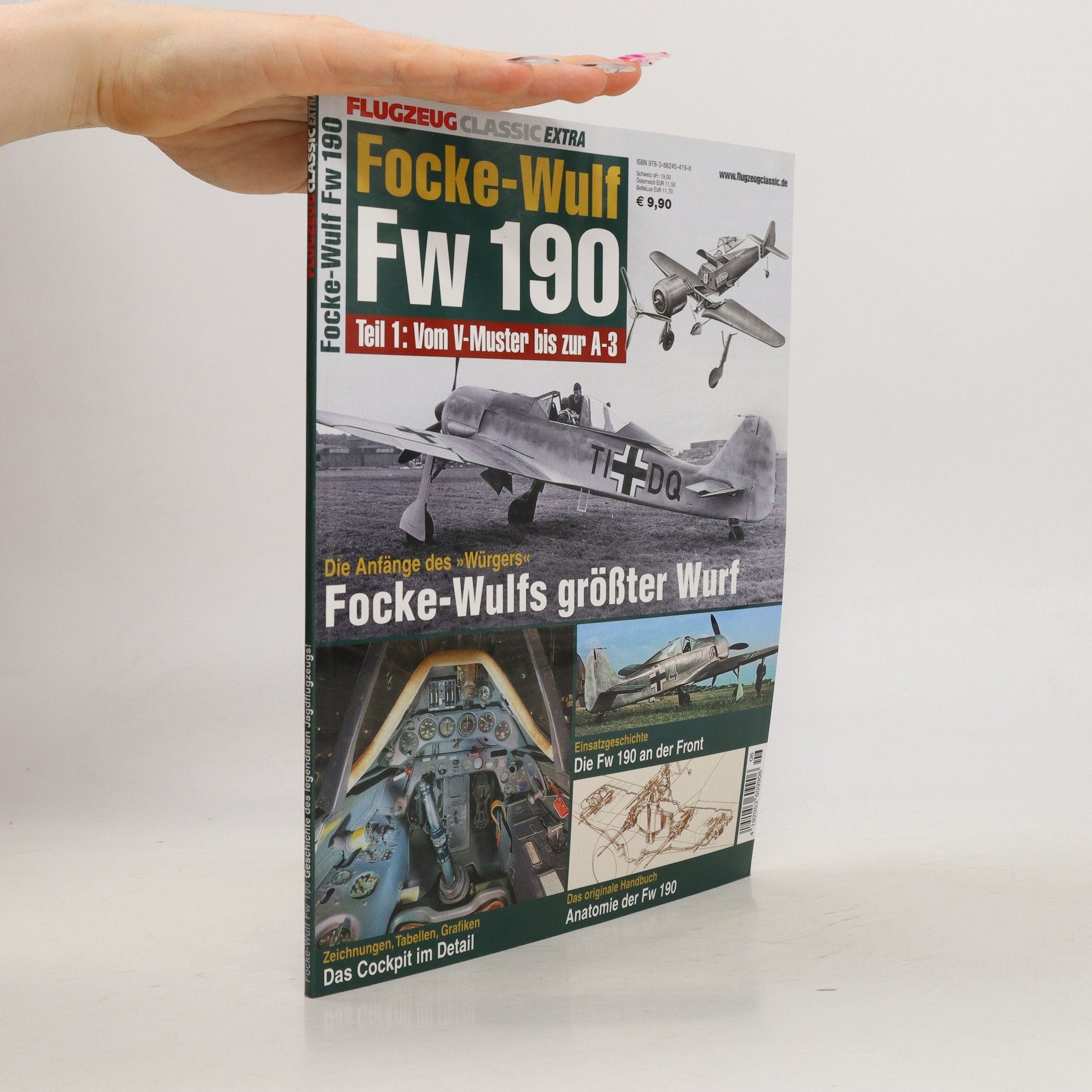Dietmar Hermann Book order




- 2021
- 2021
The Ta 154, one the Third Reich's most advanced night fighters. It was created by Professor Kurt Tank, designer of the Fw 190, and a small team of superlative designers and engineers. The Ta 154 combined state-of-the-art technology with elegant aerodynamics to create an innovative and potent warplane. Inspired by the British de Havilland DH 98, in 1943, the German Air Ministry issued a specification for an all-wood, fast attack-bomber to be powered by Jumo 211 engines. Focke-Wulf was awarded the contract and employed inventive construction methods for the wooden assembly. Instead of a Schnellbomber, the resulting Ta 154 would emerge as an experimental night fighter incorporating ejection seats, advanced avionics and radar. Dubbed the Moskito, it first flew in July 1943 and when pitted against the He 219 and Ju 388 proved faster, reaching around 700 km/h. This is a significantly revised and expanded version of a book originally published with a small print run in 2006 in the German language, so it will be new to Anglophone readers. It is an absorbing account remarkably sophisticated German World War II aircraft on which relatively little has hitherto been published. The author dispels myths associated with the construction methods of the Ta 154 and reveals much new and intriguing information about this fascinating aircraft.
- 2011
Arbeitsbuch Astrophysik
230 Aufgaben zu Astronomie und Kosmologie
Das Buch bietet 230 vollständig gelöste Aufgaben zur Astrophysik und Kosmologie auf auf dem Niveau von Abitur bzw. Studienbeginn. Es werden zahlreiche, vielfältige und der aktuellen Forschung entnommene Aufgaben geboten. Alle mathematische Hilfsmittel werden angegeben. Zahlreiche Abbildungen und ein umfassendes Register erleichtern das Verständnis.